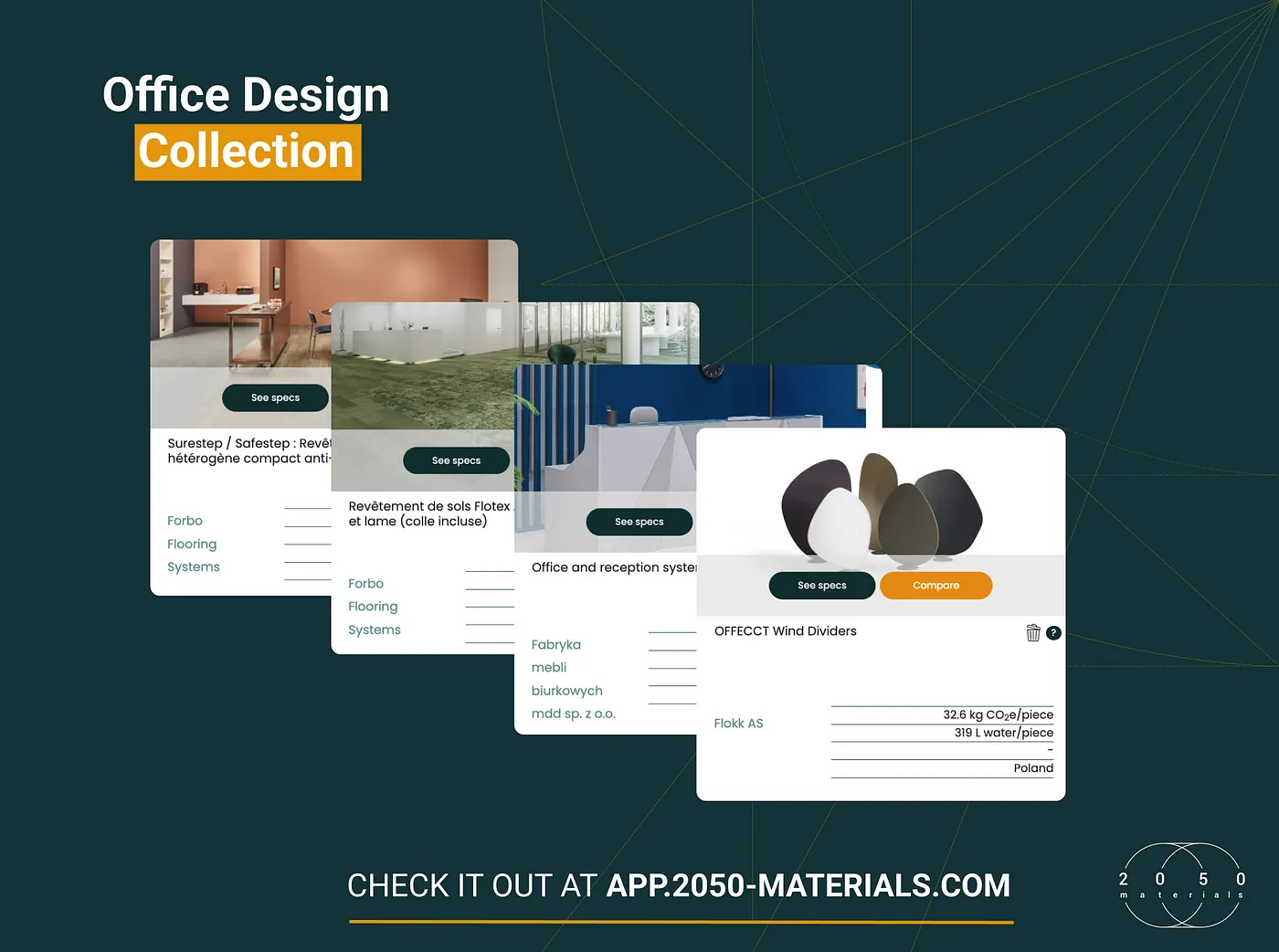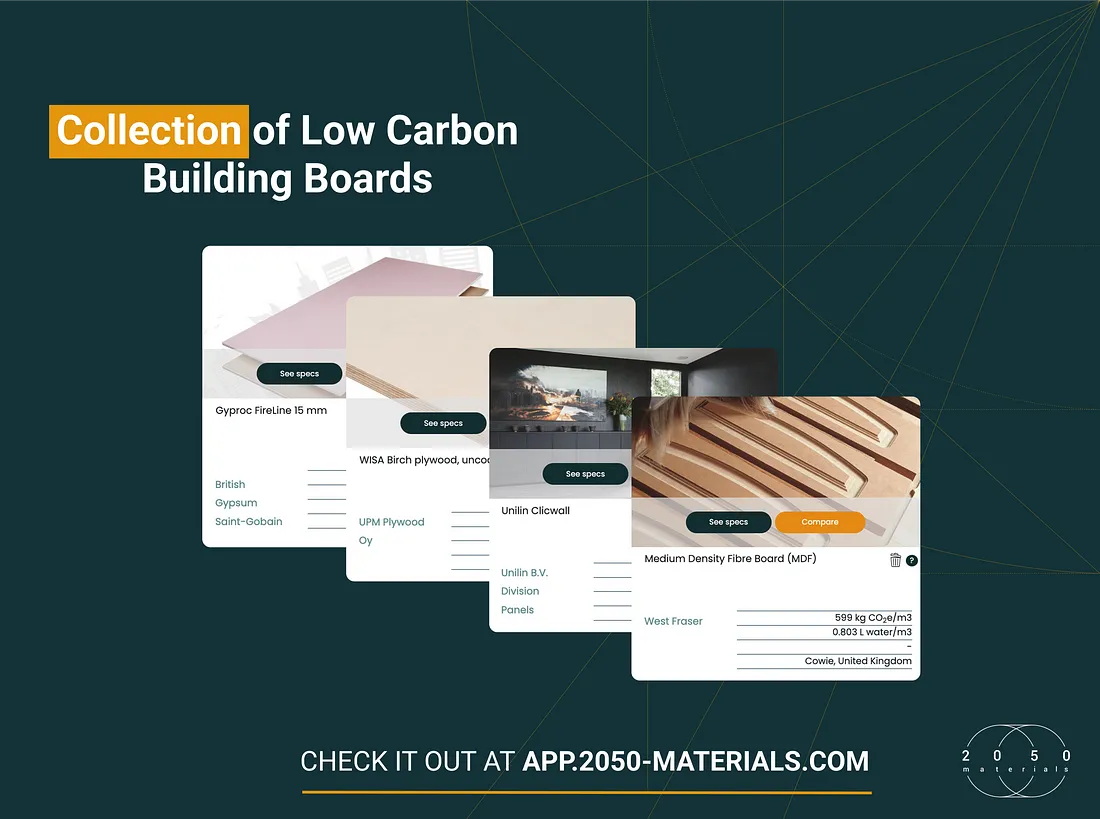Mapping Europe’s Whole Life Carbon Policy Landscape (BPIE 2024)
A growing number of European countries are implementing policies to manage the Whole Life Carbon (WLC) of buildings, though approaches vary significantly across the continent. The map in Figure 4 illustrates a group of frontrunner nations, primarily in Western and Northern Europe, that have already implemented binding WLC limit values, such as France, Denmark, and the Netherlands. Following their lead, countries like Sweden and Norway have enforced mandatory disclosure requirements as an initial step. Meanwhile, a new wave of legislation is being proposed or prepared in several other nations, including the report’s focus countries of Ireland and Spain, signaling a clear and expanding trend toward regulating the full lifecycle emissions of buildings across Europe. This shows a decisive shift from voluntary measures toward binding regulations that address the entire carbon footprint of buildings, from construction to demolition.
Overwhelmed with incoming regulations?
Register on the 2050 Materials platform to get ahead of regulations and manage all your sustainability and carbon data needs.
Related articles

Climate-Resilient Materials for the Built Environment: A Data-Centred Prime
As climate volatility intensifies, resilience metrics are fast becoming as critical as carbon data in material selection. This article outlines why adaptation is now a design imperative, how materials can be evaluated through a systems lens, and what KPIs project teams should demand. From self-healing concrete to fire-rated façades, we present a structured taxonomy of resilient materials, explain how to embed this intelligence into digital design workflows, and propose next steps for specification, benchmarking, and procurement.
Read more
The Most Interesting Low Carbon Products in Office Design
In this article and collection, we highlight 11 outstanding products that contribute to a lower carbon footprint in office design.
Read more
Top Low Carbon Building Boards: Performance, Benefits, and Use Cases
The building boards highlighted in this article and collection showcase low-carbon innovation in modern construction.
Read more